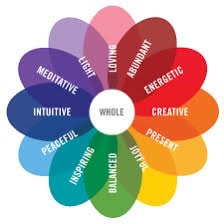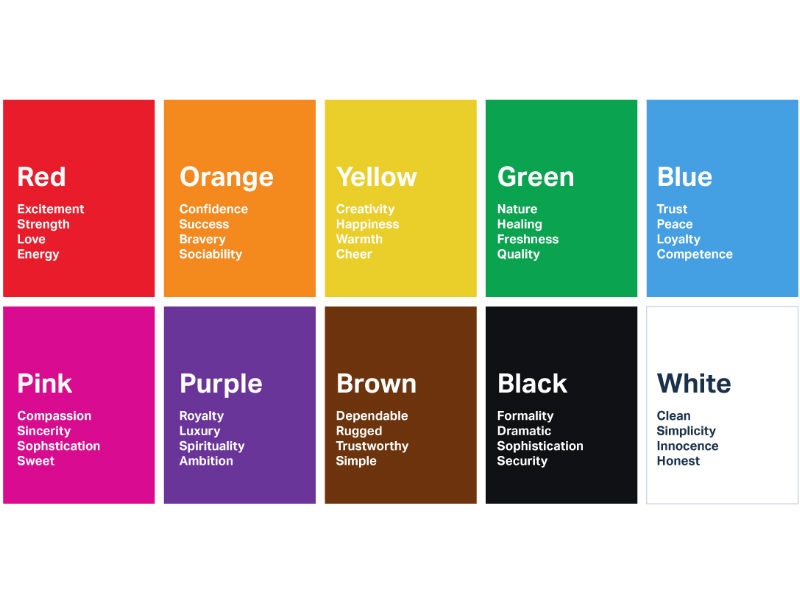
Have you ever noticed the impact that colors can have on how you feel? A room painted yellow, a blue bright blue sky, bright orange and pink sunset, a red shirt, a black dress, or even a purple scarf?
Believe it or not, colors can have a powerful effect on our physical and emotional well-being. So much so, that it has led to the development of something known as “Color Theory” and “Color Psychology”
According to the book Colour Therapy Healing, colors have been used for centuries as a tool for mental health treatment as early as 2000 BC. The ancient Egyptians documented color “cures” using painted rooms or sunlight shining through crystals as therapy. And one of the earliest medical documents, the Nei Ching, documents color diagnoses associated with color healing practices.
The use of color in therapy in the 20th century is often attributed to the Swiss psychiatrist and psychotherapist Carl Jung. Jung notably took interest in the meanings and properties of colors, as well as the effect they can have on a person’s health, both physical and mental.
So how does this apply to us?
Well first let’s take a look at what the research has found colors to be most often associated with:

So what does this mean? Should I paint my bedroom orange to help me to be more successful and confident? Should I start wearing blue all the time so that my employee sees me as more competent? Well, you could, but it’s probably best to start small. For as with many things, little changes and little actions, over time, can yield big results.
According to Constance Hart, color therapy expert and founder of “Conscious Colors”, you don’t have to do that much to get the benefits of color therapy. In fact, you can start getting the benefits by simply looking outside. She writes that “I’m looking out the window at my beautiful garden, and I’ve got pink and magenta and yellow and green and blue pots and violet. Basically, I’ve set up a whole rainbow of opportunities there.”
Hart says you can also begin by gathering objects in your environment and sitting in front of them to see which colors spark emotion. You can get creative and try arranging your closet or bookshelves by color. She goes on to say, “Once something is arranged by color, then there’s a deeper opportunity to see which colors are an attractor and which colors you feel repelled by,” she adds. “This is an opening way to start discovering the color therapy process, which is mainly around connecting our emotions with colors and discovering which colors help us in a time of need, either emotional or physical needs.”
If you are interested in taking it a step further, you could try reaching out to a color therapy therapist or another expert that offers color readings, one-on-one coaching, group workshops, and more. There are also many books on the subject that can be found online or at your local library.
Color therapy, though beneficial and practical in its use can have a very positive impact on mood, but it is by no means a sole treatment for mental health disorders. If you are interested in adding color therapy into your treatment plan, you may wish to speak with your physician to make sure it is a treatment path that works alongside any medications you might take, as well as talk therapy, and other treatment modalities.
For more information on the benefits of color therapy in our lives, check out the following article: https://www.mountainvistapsychology.com/color-psychology-the-effects-of-color/